
How to Use DFMC 0,5/ 4-ST-2,54-RF Phoenix Contact MALE: Examples, Pinouts, and Specs
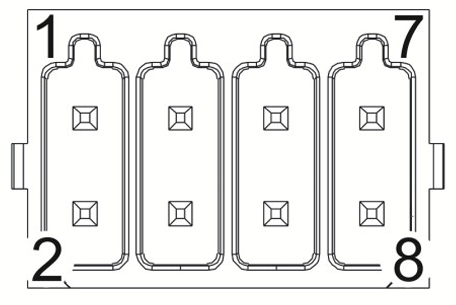
 Design with DFMC 0,5/ 4-ST-2,54-RF Phoenix Contact MALE in Cirkit Designer
Design with DFMC 0,5/ 4-ST-2,54-RF Phoenix Contact MALE in Cirkit DesignerIntroduction
The DFMC 0,5/ 4-ST-2,54-RF Phoenix Contact MALE is a male connector designed for secure and reliable electrical connections. Manufactured by EXOR, this component features a 4-pin configuration with a 2.54 mm pitch, making it ideal for compact and high-density applications. Its robust design ensures durability and consistent performance in industrial environments.
Explore Projects Built with DFMC 0,5/ 4-ST-2,54-RF Phoenix Contact MALE
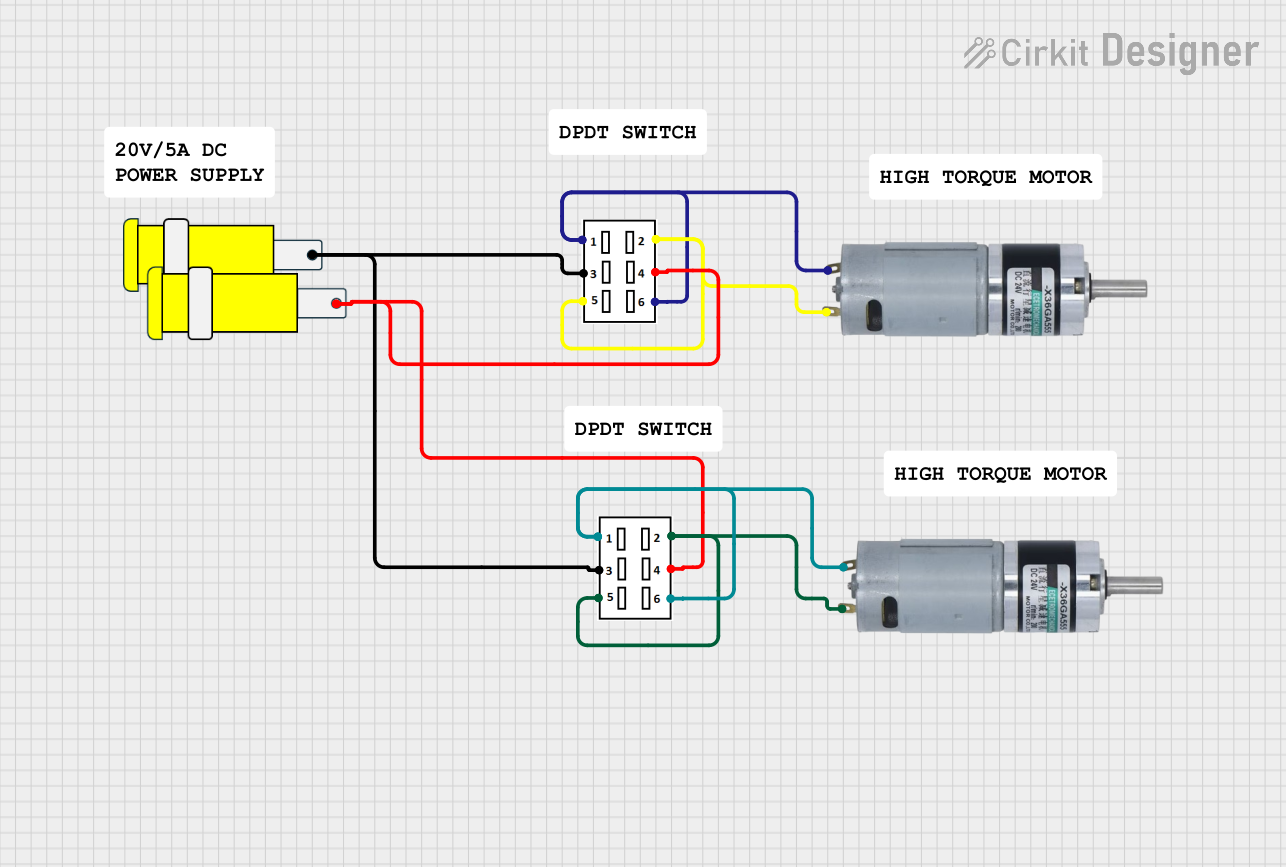
 Open Project in Cirkit Designer
Open Project in Cirkit Designer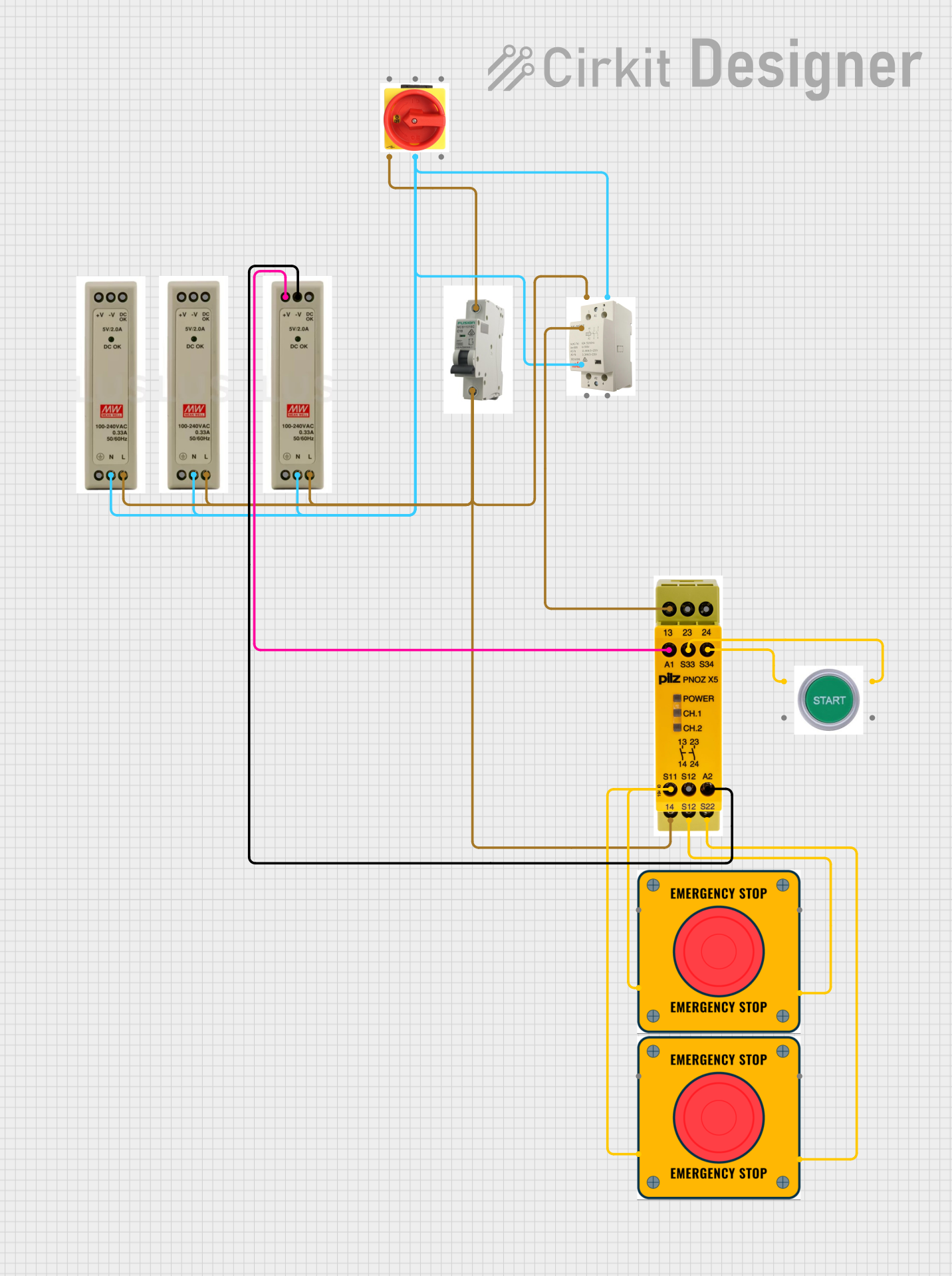
 Open Project in Cirkit Designer
Open Project in Cirkit Designer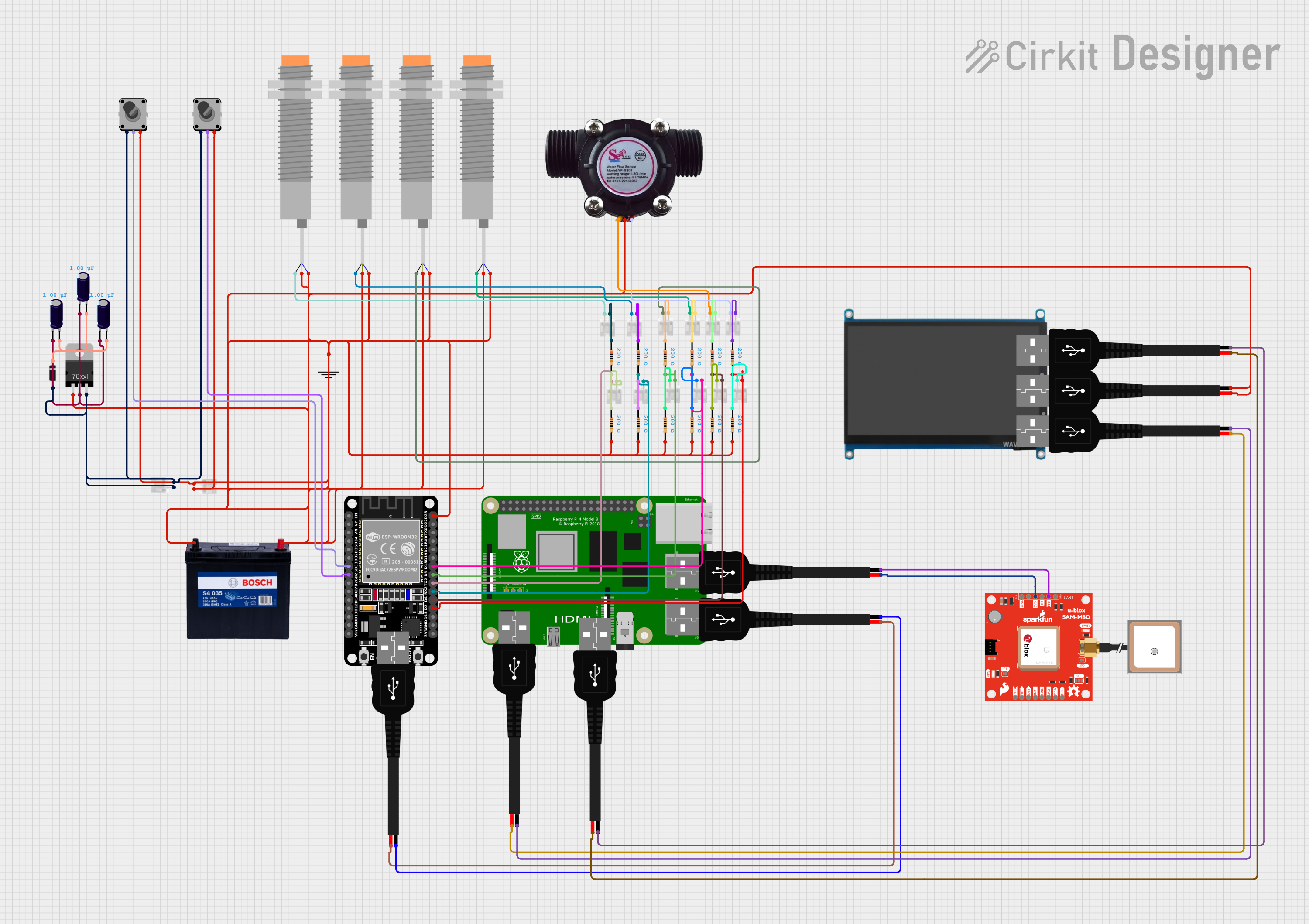
 Open Project in Cirkit Designer
Open Project in Cirkit Designer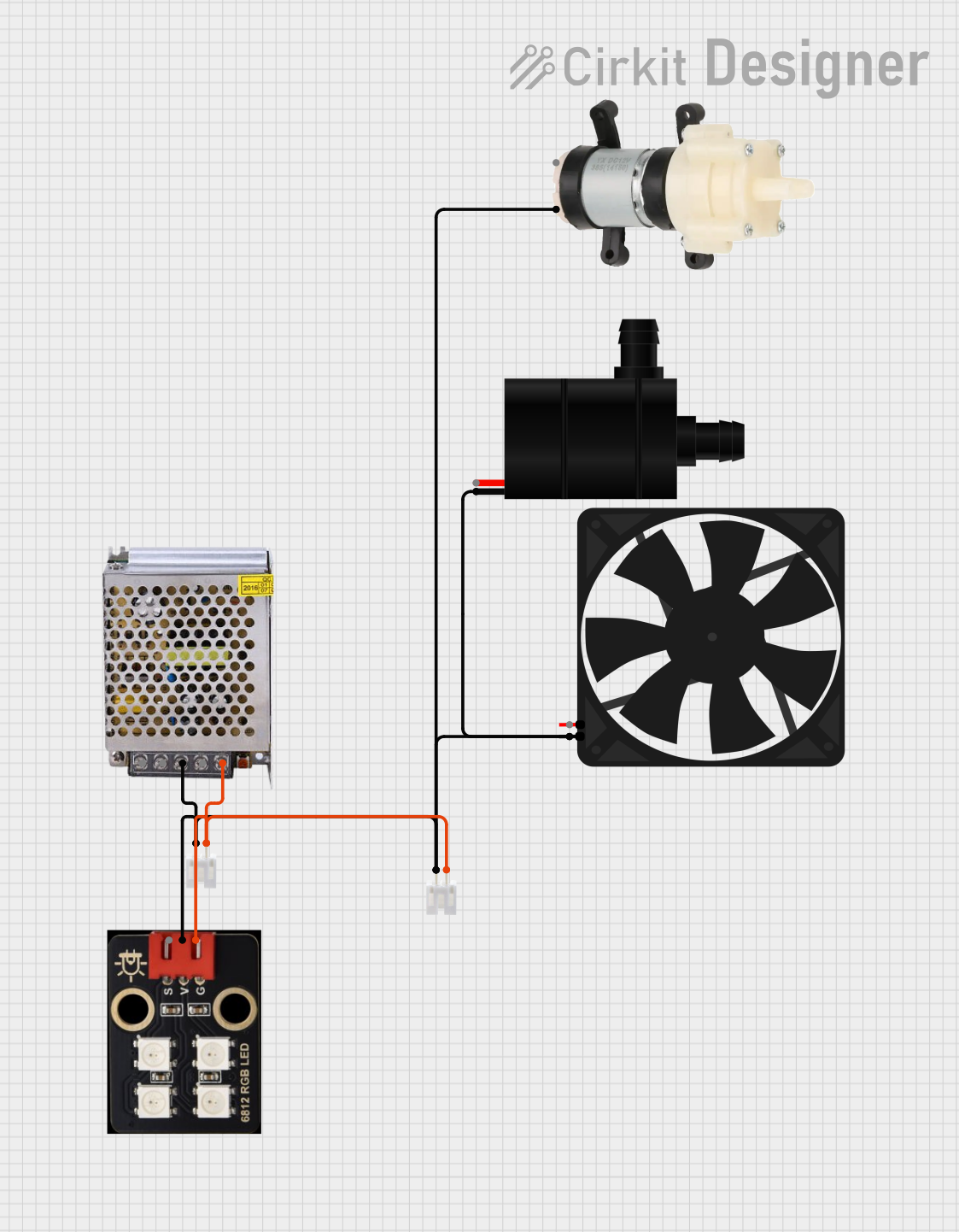
 Open Project in Cirkit Designer
Open Project in Cirkit DesignerExplore Projects Built with DFMC 0,5/ 4-ST-2,54-RF Phoenix Contact MALE

 Open Project in Cirkit Designer
Open Project in Cirkit Designer
 Open Project in Cirkit Designer
Open Project in Cirkit Designer
 Open Project in Cirkit Designer
Open Project in Cirkit Designer
 Open Project in Cirkit Designer
Open Project in Cirkit DesignerCommon Applications and Use Cases
- Industrial automation systems
- PCB interconnections
- Signal and power transmission in compact devices
- Prototyping and development boards
- Applications requiring secure and vibration-resistant connections
Technical Specifications
Key Technical Details
| Parameter | Specification |
|---|---|
| Manufacturer | EXOR |
| Model Number | DFMC 0,5/ 4-ST-2,54-RF |
| Connector Type | Male |
| Number of Pins | 4 |
| Pitch (Pin Spacing) | 2.54 mm |
| Rated Voltage | 160 V |
| Rated Current | 6 A |
| Wire Size Range | 28–20 AWG |
| Operating Temperature | -40°C to +105°C |
| Mounting Type | PCB Mount |
| Contact Material | Copper Alloy |
| Insulation Material | Polyamide (PA) |
| Flammability Rating | UL 94 V-0 |
Pin Configuration and Descriptions
| Pin Number | Description | Functionality |
|---|---|---|
| 1 | Signal/Power Input | Connects to the input signal or power source |
| 2 | Signal/Power Output | Transmits the signal or power to the next stage |
| 3 | Ground (GND) | Provides a common ground reference |
| 4 | Signal/Power Output | Additional signal or power output |
Usage Instructions
How to Use the Component in a Circuit
- PCB Design: Ensure the PCB layout matches the 2.54 mm pitch of the connector. The 4-pin configuration should align with the intended signal or power routing.
- Soldering: Carefully solder the connector onto the PCB. Use a soldering iron with a fine tip to avoid damaging the pins or insulation.
- Wire Connection: Strip the wires to the appropriate length (based on the wire size range of 28–20 AWG) and securely insert them into the connector.
- Testing: After assembly, test the connections using a multimeter to ensure proper continuity and functionality.
Important Considerations and Best Practices
- Avoid Overcurrent: Do not exceed the rated current of 6 A to prevent overheating or damage.
- Temperature Limits: Ensure the operating environment stays within the specified temperature range (-40°C to +105°C).
- Secure Mounting: For applications involving vibration, use additional mechanical support to secure the connector.
- Proper Insulation: Verify that the insulation material is intact and free from damage to prevent short circuits.
Example: Connecting to an Arduino UNO
The DFMC 0,5/ 4-ST-2,54-RF connector can be used to interface with an Arduino UNO for signal or power connections. Below is an example of how to connect the component to an Arduino UNO:
// Example: Reading a signal from the DFMC connector on Arduino UNO
const int signalPin = 2; // Pin connected to DFMC signal output
int signalValue = 0; // Variable to store the signal value
void setup() {
pinMode(signalPin, INPUT); // Set the signal pin as input
Serial.begin(9600); // Initialize serial communication
}
void loop() {
signalValue = digitalRead(signalPin); // Read the signal value
Serial.print("Signal Value: "); // Print the signal value to the serial monitor
Serial.println(signalValue);
delay(500); // Wait for 500 ms before reading again
}
Note: Ensure proper wiring between the DFMC connector and the Arduino UNO. Use the ground pin of the connector to establish a common ground with the Arduino.
Troubleshooting and FAQs
Common Issues and Solutions
Loose Connections:
- Issue: The connector pins are not making proper contact with the PCB or wires.
- Solution: Re-solder the pins or reinsert the wires securely into the connector.
Overheating:
- Issue: The connector becomes excessively hot during operation.
- Solution: Check if the current exceeds the rated 6 A. Reduce the load or use a higher-rated connector.
Signal Interference:
- Issue: Noise or interference in the transmitted signal.
- Solution: Use shielded cables and ensure proper grounding to minimize interference.
Damaged Pins:
- Issue: Pins are bent or broken during handling.
- Solution: Replace the connector if the pins are irreparably damaged.
FAQs
Q1: Can this connector handle both power and signal transmission?
A1: Yes, the DFMC 0,5/ 4-ST-2,54-RF is designed to handle both power (up to 6 A) and signal transmission, making it versatile for various applications.
Q2: Is this connector compatible with breadboards?
A2: No, the 2.54 mm pitch is suitable for PCB mounting but not directly compatible with standard breadboards.
Q3: What tools are recommended for soldering this connector?
A3: Use a fine-tip soldering iron and high-quality solder wire. A magnifying glass or microscope can help ensure precision.
Q4: Can this connector be used in outdoor environments?
A4: While the connector is durable, it is not specifically rated for outdoor use. Additional weatherproofing may be required for outdoor applications.